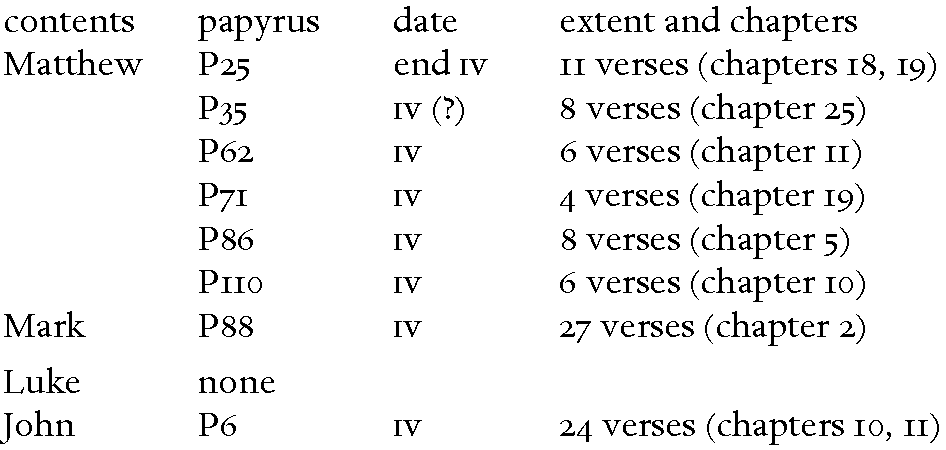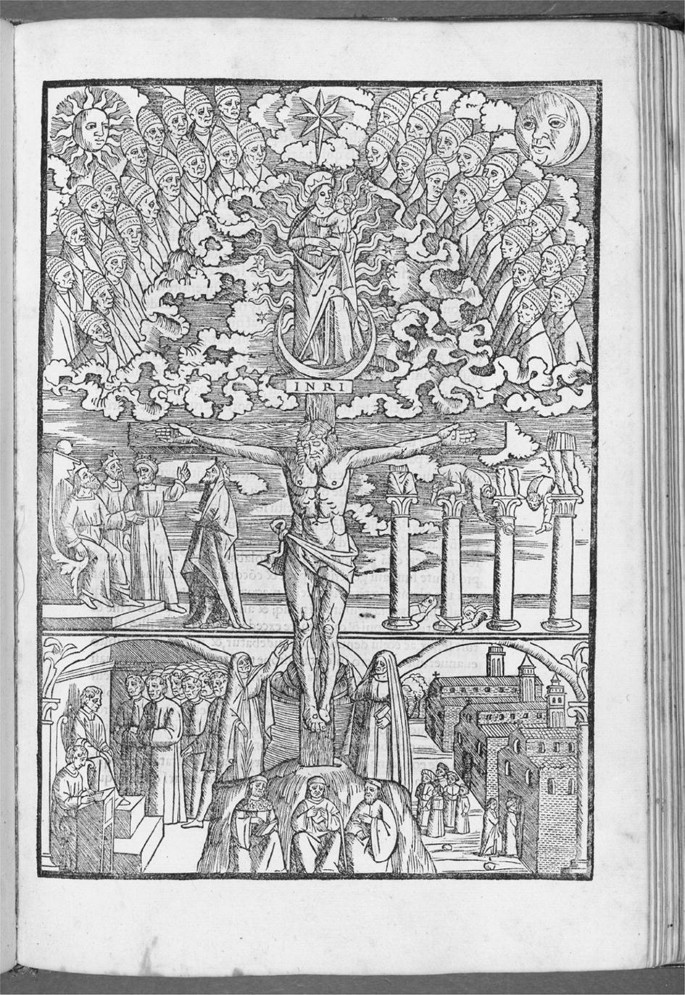The Fragments Of Papiasrejected Scriptures
- The Fragments Of Papiasrejected Scriptures Verse
- The Fragments Of Papiasrejected Scriptures Fulfilled
Remember the discovery of the “Jesus tomb”? The “crucifixion nails”? Noah’s Ark? Each of these supposed finds was at the center of a brief but intense media frenzy in recent years. These discoveries, often suspiciously timed around major Christian holidays like Easter, might prompt interesting discussions about the historical reliability of the Bible, but rarely turn out to be legitimate archaeological finds.
Christianity Today is reporting on another recent (possible) discovery of special interest to Christians: an alleged early fragment of the Gospel of Mark. Daniel Wallace, the professor at Dallas Theological Seminary who earlier this year announced the find, claimed during a debate that the fragment is the earliest known New Testament text. (You can read Wallace’s account of the debate and the surprising announcement at the Parchment & Pen Blog.)
This would certainly be exciting news if it’s confirmed. However, the CT article describes the very cautious reaction this announcement has received from scholars:

The Fragments Of Papiasrejected Scriptures Verse
Writings, hence the diversity of fragments in different editions of Papias.2 However, the fragment preserved by Eusebius in H.E. 3.39, which contains the most complete and most important statements of Papias’ unique insights and is the basis for this study, is considered by all editions. The Encyclopedia of Lost and Rejected Scriptures: The Pseudepigrapha and Apocrypha Joseph B. 4.7 out of 5 stars 389. Lost Scriptures: Books that Did Not Make It into the New Testament Bart D. 4.6 out of 5 stars 480. Unfortunately, though, only meager fragments of the writings of Papias survive. Conscious of His Spiritual Need. As an overseer in the congregation at Hierapolis, Papias was an indefatigable investigator. In addition to being a hardworking researcher, he displayed keen appreciation for the Scriptures. FRAGMENTS OF PAPIAS FROM THE EXPOSITION OF THE ORACLES OF THE LORD. THE writings of Papias in common circulation are five in number, and these are called an Exposition of the Oracles of the Lord.
Other New Testament scholars won’t get a chance to study this gospel portion until it is published in a book about a year from now. They are admittedly skeptical, since the alleged fragment would be almost two centuries older than the current oldest copy of Mark….
“I won’t believe it until I see it,” said Simon Gathercole, editor of the Journal for the Study of the New Testament at Cambridge University in the United Kingdom.
Peter Head, a New Testament research fellow at Tyndale House, a British residential center for biblical research, is likewise eager to get a look at the fragment before rendering an opinion….
Biblical scholars are increasingly frustrated with sensational finds, often announced during the Christmas and Easter seasons. Magazines, book publishers, and cable channels seem more interested in pumping up sales and viewers than in assuring that discoveries stand up under scholarly scrutiny.
Healthy skepticism seems like a reasonable response to sensational claims—better to wait for a scholarly consensus before splashing the news across magazine covers. If the find is genuine, it could add significantly to our understanding of the New Testament and its formation… but let’s make sure it’s true before we get too excited.
This is a topic that we’ve discussed at times in the past—see our earlier post about how to respond to sensational archaeological claims. For more specific reactions to the Mark fragment announcement, see some helpful words of caution at The Biblical World.

Related posts:
| Bible Research >Textual Criticism >Bibliography > Papyrus 52 |
The Fragments Of Papiasrejected Scriptures Fulfilled


This small fragment of St. John's Gospel, less than nine centimetres high and containing on the one side part of verses 31-33, on the other of verses 37-38 of chapter xviii is one of the collection of Greek papyri in the John Rylands Library, Manchester. It was originally discovered in Egypt, and may come from the famous site of Oxyrhynchus (Behnesa), the ruined city in Upper Egypt where Grenfell and Hunt carried out some of the most startling and successful excavations in the history of archaeology; it may be remembered that among their finds of new fragments of Classical and Christian literature were the now familiar 'Sayings of Jesus'. The importance of this fragment is quite out of proportion to its size, since it may with some confidence be dated in the first half of the second century A.D., and thus ranks as the earliest known fragment of the New Testament in any language.It provides us with invaluable evidence of the spread of Christianity in areas distant from the land of its origin; it is particularly interesting to know that among the books read by the early Christians in Upper Egypt was St. John's Gospel, commonly regarded as one of the latest of the books of the New Testament. Like other early Christian works which have been found in Egypt, this Gospel was written in the form of a codex, i.e. book, not of a roll, the common vehicle for pagan literature of that time. A larger view of the fragment: recto and verso. © John Rylands University Library of Manchester. |
Watch a video about Papyrus 52 by Dr. Dirk Jongkind of Tyndale House, Cambridge:
| Bible Research >Textual Criticism >Bibliography > Papyrus 52 |
